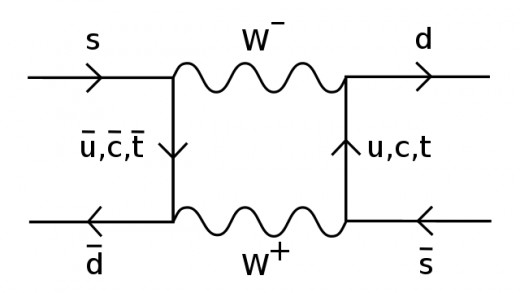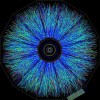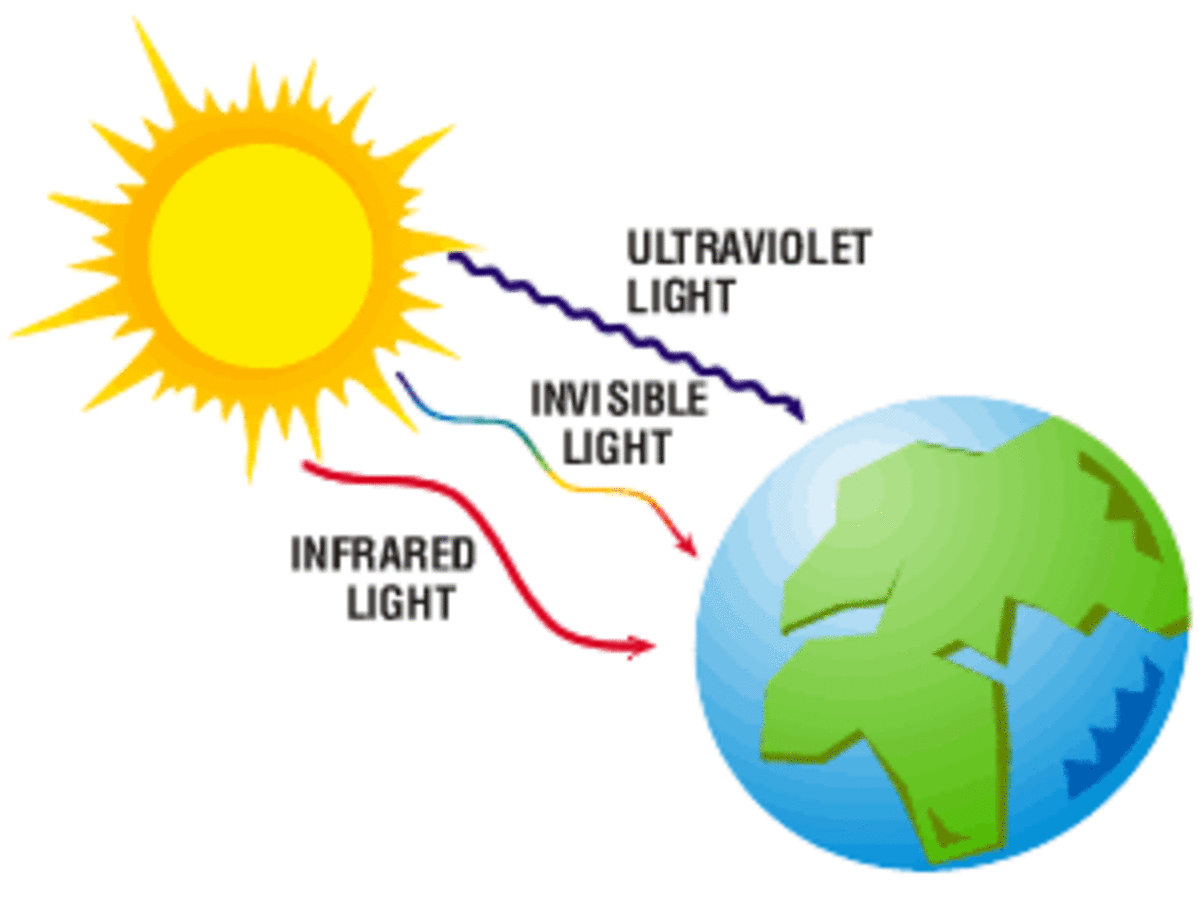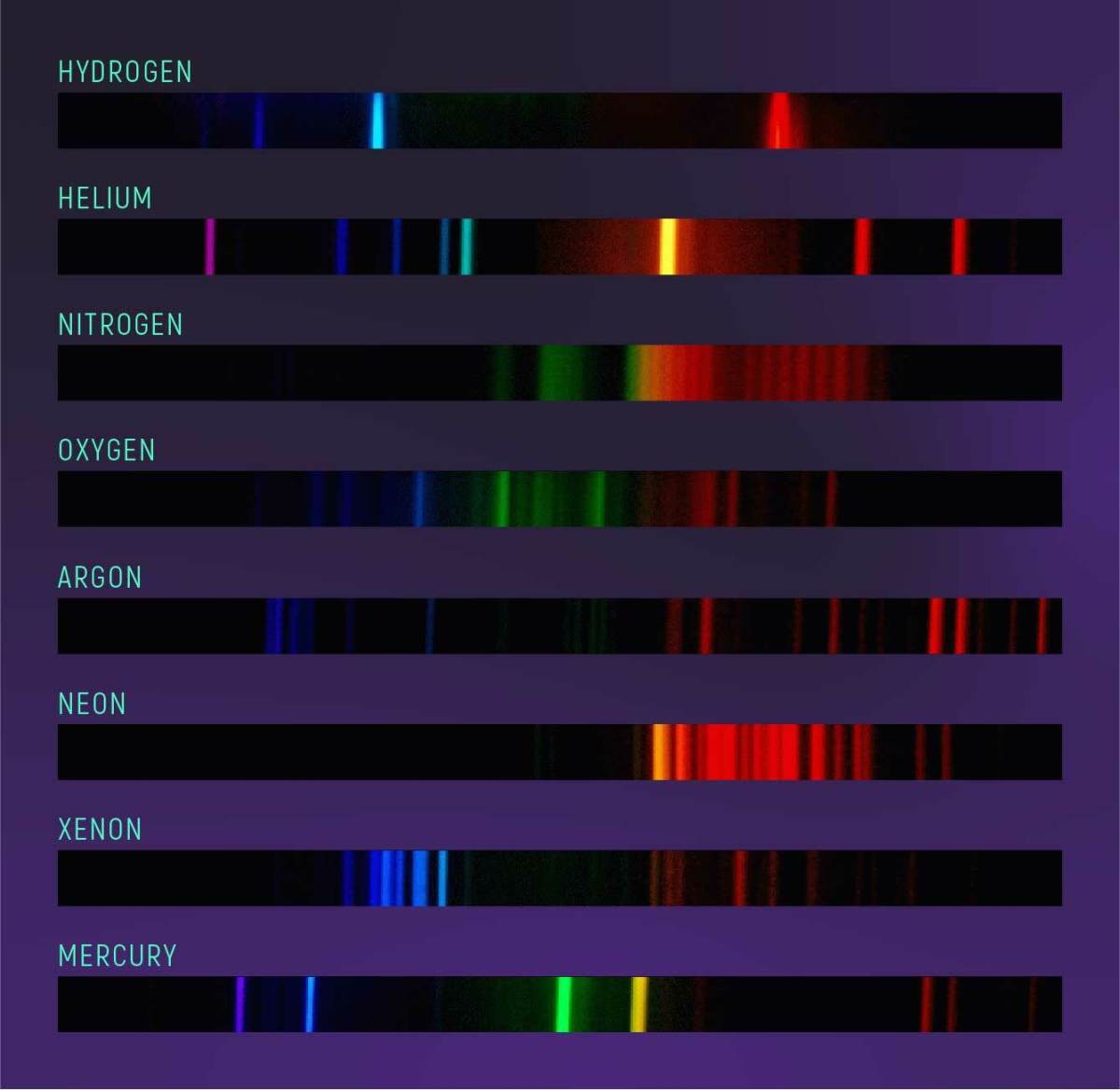CP Violation, Baryogenesis, and the Matter-Antimatter Asymmetry
One of the biggest unsolved problems in physics is the question: “Why does the Universe contain more matter than antimatter?” Baryogenesis is the name given to any hypothetical process that produces unequal amounts of matter and antimatter. These processes violate CP symmetry. If CP violation can be shown to occur at high enough levels in interactions between elementary particles, it could provide an explanation for the matter-antimatter asymmetry of the Universe.
Symmetries and Conservation Laws
The term CP violation refers to the violation of CP symmetry. The Universe obeys many symmetry laws. One of the most basic of these is translation symmetry: we observe that the laws of physics are the same here as they are 10, 100, or 10,000 miles away. According to Noether's theorem, every symmetry of the Universe has an associated conservation law. For example, it can be shown mathematically that translation symmetry implies conservation of energy.
The conservation law associated with CP symmetry is the conservation of baryon number. This means that if CP symmetry is unviolated, the number of particles minus the number of antiparticles in the Universe must be always stay the same.
But what is CP symmetry?
CP symmetry is the combination of two hypothetical symmetries:
- Charge conjugation symmetry (C-symmetry), in which the physical laws governing the Universe are the same if every particle is exchanged with its antiparticle. This means that if every electron in a reaction is replaced by a positron, every antineutrino by a neutrino, and so on, and the reaction proceeds exactly as it did before, then the reaction obeys C-symmetry.
- Parity symmetry (P-symmetry) – if P-symmetry holds, then physical laws are the same if left and right are exchanged: i.e. if you looked at the Universe in a mirror, the reflection would appear to operate according to the same physical laws as the Universe itself.
Kaon Oscillation

Violation of CP Symmetry
Parity symmetry was shown to be violated in 1956, in an experiment which studied beta decay of Cobalt-60 nuclei. This experiment clearly showed that the weak interaction does not conserve parity.
For a long time it was thought that CP symmetry was conserved: that if you reflect the Universe in a mirror AND replace every particle with its antiparticle then it obeys the same physical laws. CP violation was first observed in 1964 in the decays of neutral kaons by James Cronin and Val Fitch, who later received a Nobel Prize for this revolutionary finding.
Extent of CP Violation
The Standard Model of particle physics was modified to include CP violation after its discovery in 1964. However, the maximum amount of CP violation that can be included in the Standard Model in this way is still far too small to account for the observed excess of matter over antimatter in the Universe. To put the problem in perspective, even if the parameters of the Standard Model were adjusted to give the maximum possible amount of CP violation, it would still only account for an excess of matter roughly equal in size to one galaxy - and there are millions of galaxies in the Universe!
There are three alternative conclusions that we can draw from this:
- There is a reason other than CP violation for the excess of matter over antimatter.
- There is a second way in which CP violation can be included in the Standard Model, so that the total amount of CP violation in the Standard Model is big enough to explain the matter-antimatter asymmetry. The most obvious way to include further CP violation would be for the strong interaction to violate CP symmetry – but in experiments the strong interaction has always been observed to conserve CP symmetry.
- The Standard Model of particle physics is only an approximation to the true theory, and the true theory allows a sufficient amount of CP violation to explain the asymmetry.
In the third case, no-one knows exactly how CP violation would be included in this Beyond-the-Standard-Model (BSM) theory, because the details of that theory aren't yet known. However, theoretical physicists have just received extra motivation to work out the details: researchers at the Tevatron particle accelerator recently reported that they have observed more CP violation than is allowed by the Standard Model in one of their experiments.



